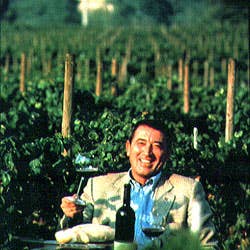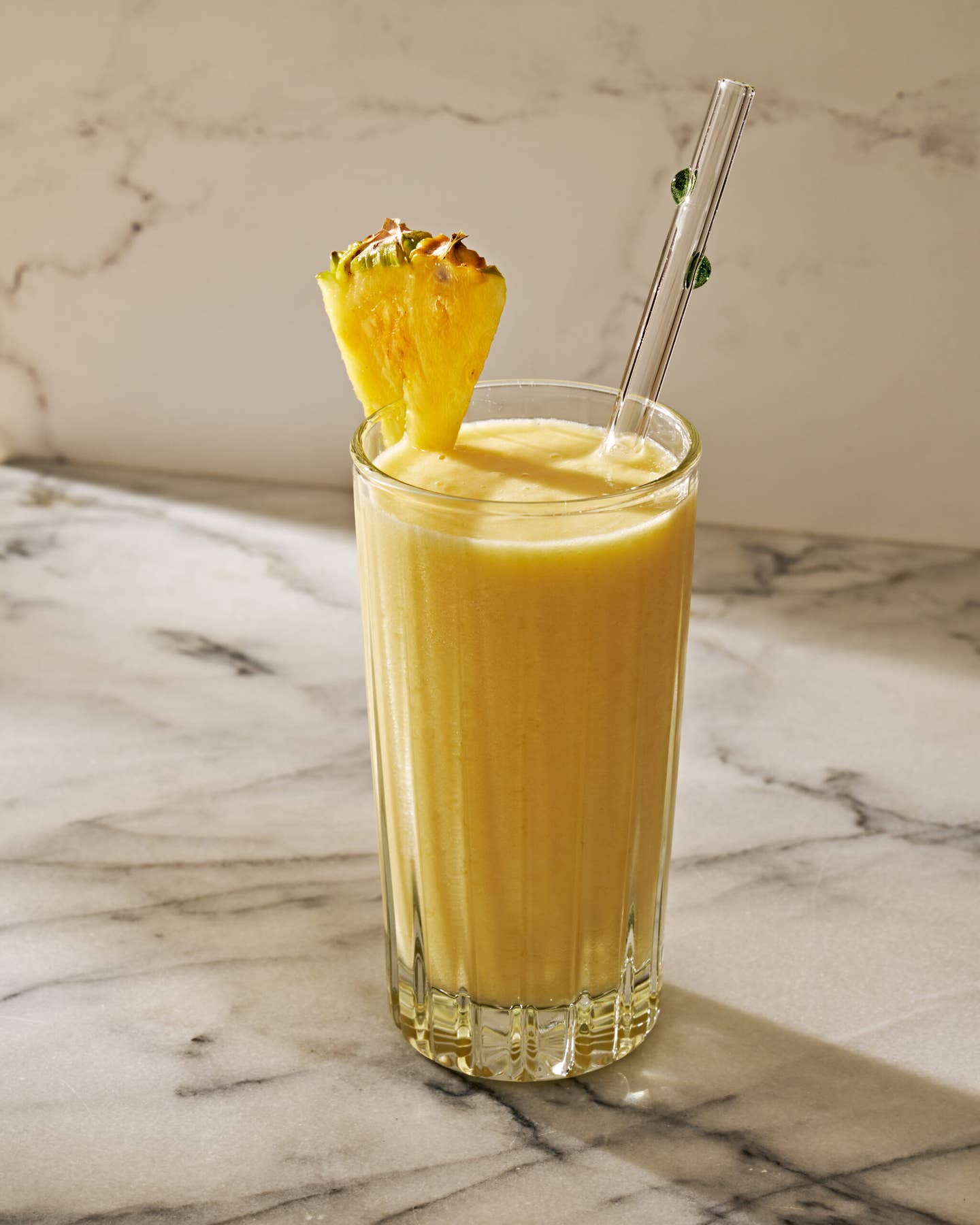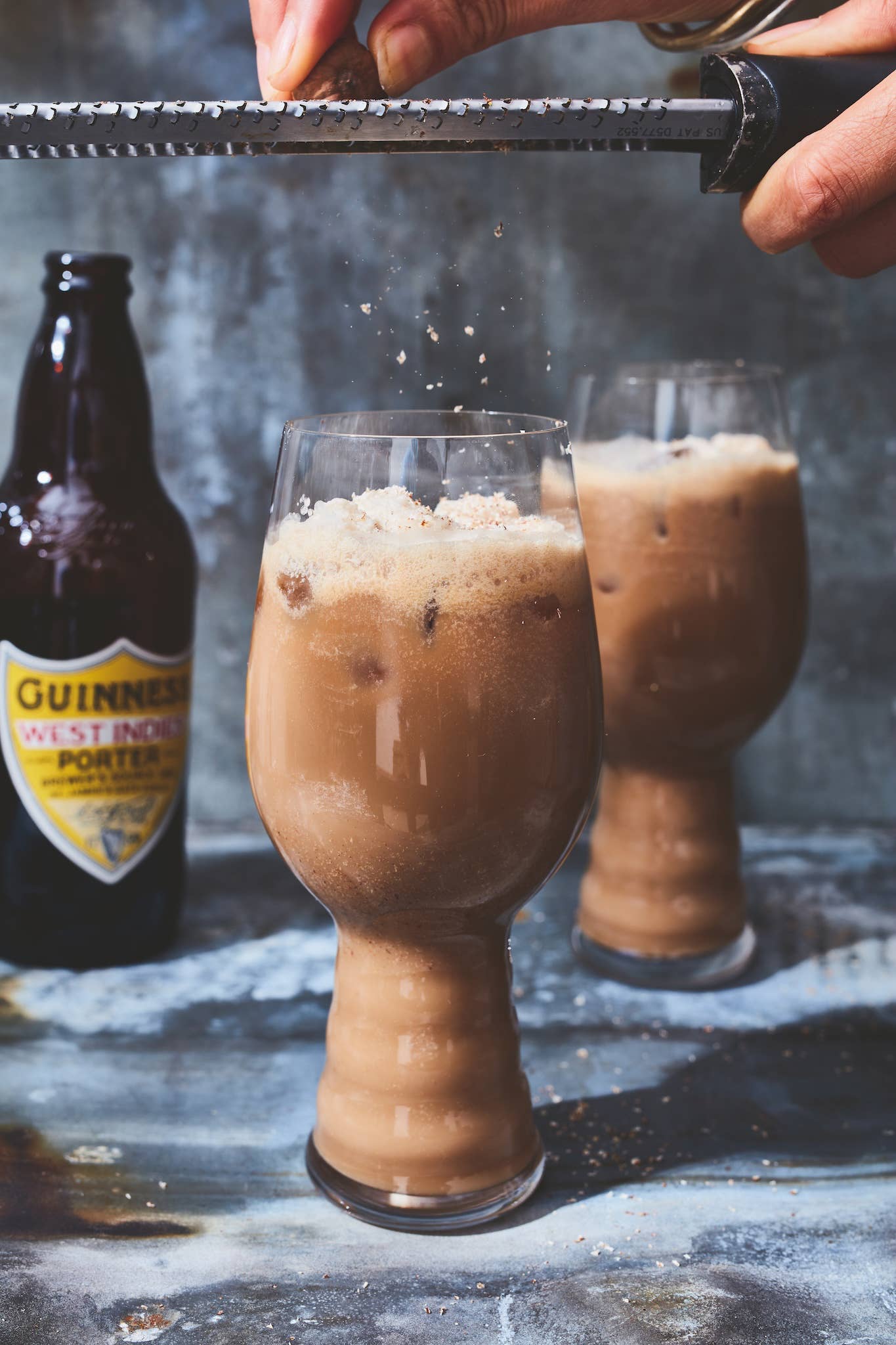
Italy Sparkles
My family loved spumante, and there was always a good bottle of it on the dinner table when I was growing up in New York City. I liked it a lot. Later, in suburban exile far from Manhattan, I discovered that not all spumante was equally likable. A lot of it was inexpensive (nay, cheap), plastic-corked plonk apparently designed for prom-night parties and for corner-cutting caterers—who called it, with a smirk, "Italian champagne." (The word spumante literally means foamy or frothy in Italian, and the term may be correctly applied in that language to any sparkling wine—not just the sweet Asti Spumante with which it is usually identified.) To be fair, bulk-processed spumante is much better than it used to be.
Among other things, Italy's mass producers were forced to upgrade their quality when the good, inexpensive Spanish sparkling wines called cava started flooding the international marketplace. But it is the top-of-the-line, bottle-fermented Italian sparklers—made with techniques developed in France's Champagne region, and often labeled "metodo classico" or "metodo tradizionale"—that have been attracting all the attention lately, and rightly so. Italian spumante makers may boast neither the track record nor the sheer number of top producers that Champagne can claim—but Italy's best spumanti rival any sparkling wines in the world.
I visited three of the country's top producers, two of them located in the DOC region of Franciacorta, in Lombardy, northeast of Milan. Both are built on new money and on old, decidedly French, traditions.
Ca' del Bosco ("house in the woods"), near the town of Erbusco, was founded in 1969, on the site of what was originally supposed to be a retirement retreat for proprietor Maurizio Zanella's father. The elder Zanella thought he might grow vegetables and maybe make a little wine there. But the fractious, motorcycle-besotted Maurizio had a larger vision. On a visit to the Domaine de la Romanee-Conti in Burgundy, he had fallen for wine like a lodgepole pine—and eventually, back in Erbusco, with his wealthy father writing checks ($35 million worth at a guess), he bulldozed both house and hill to build himself a showplace winery from scratch.
It's hard to imagine that there was ever a hilltop villa here. Ca' del Bosco resembles nothing so much as an executive conference center—vast, modern, full of exposed beams and leather furniture. In its forecourt is a marble-inlaid helipad. Underground is a great domed hall, wheel-spoked with tunnels full of winemaking equipment and racks of aging wine. On one side there is a laboratory staffed by white-coated technicians.
Zanella remains happily untrammeled by Italian winemaking traditions. "As the first winemaker in my family," he says, "I haven't had to copy my father and grandfather. This is not Tuscany or Piedmont, and so I am free to make the wines I wish to make." He started off by planting "foreign" grapes like chardonnay, pinot noir, and pinot meunier (widely grown in the Champagne region). Then he hired former Moet & Chandon cellarmaster Andre Dubois to make sparkling wines, and a young American graduate of the UC Davis enology department named Brian Larky to make still reds and whites, and to set up a U.S. distribution system. If making high-quality wines means spending money, Zanella has spent freely. His attitude towards quality, Larky says, "is rabid".
It has paid off. Ca' del Bosco's still wines have won praise in Italy, and have built a loyal following abroad; and the estate's sparkling wines are widely considered to be Italy's best, period. Even though Ca' del Bosco was bought by the Alto Adige-based wine firm S. Margherita S.p.A. (whose Santa Margherita pinot grigio is one of America's most popular Italian white wines), Zanella remains in charge, and is still actively developing his line, which includes his Brut Nuova Cuvee, with its bubbles curling up like wood smoke from an open fire, its intense perfume, and its delicate but complex flavor; Rose Millesimato; Saten Millesimato (so called for its satiny bubbles); Brut Millesimato; and the bone-dry Dosage Zero Millesimato.
A few kilometers from Ca' del Bosco is its principal rival as a sparkling wine producer, Bellavista. A younger estate than Zanella's, Bellavista was founded in 1976 by construction tycoon Vittorio Moretti. The Napa-modern winery aggressively dominates a hill. Instead of a helipad out front, there are sweeping, very bella vistas of plains and foothills, and just below, the old villa (which Moretti also owns) called L'Albereta—now a restaurant, where Italy's first three-star chef, Gualtiero Marchesi, reigns. Nobody seems to know how much Bellavista cost. "Moretti himself probably doesn't know," a cellarman told me, "and surely doesn't care. This man builds motorways."
Moretti's winemaker is Mattia Vezzola, a frequent visitor to France, who honors the traditions of champagne making and supervises the installation of the state-of-the-art equipment Moretti so freely pays for. As Vezzola took me through the winery, tapping colossal stainless-steel tanks so that I could taste various musts, he paused often to explain his own technical innovations—for instance, hyperoxydizing the musts to reduce unnecessary filtration—and his efforts to minimize the use of sulfites, pesticides, and other chemicals.
Vezzola also expresses intense pride in Franciacorta's DOC status, which recognizes the individuality of this territory. He may learn from his French counterparts, but he is quick to stress that "We don't make champagne. We don't make sparkling wine. We make franciacorta. That is the name we want to establish." Bellavista is attempting to do just that with its nonvintage Cuvee Brut, and its vintage Gran Cuvee Brut, Gran Cuvee Saten, Gran Cuvee Rose, and the zero-dosage Gran Cuvee Pas Opere. There are also still wines, both red and white, and a distillato (grappa).
Long before Zanella, Moretti, or Vezzola were born, back in 1902—the year that the Campanile collapsed into the Piazza San Marco in Venice—a new "champagne" house (at that time, any sparkling wine could be labeled as "champagne") called Ferrari rose on the banks of the Adige River near Trento, in the northeastern Italian region of Trentino Alto Adige.
Founder Giulio Ferrari—awarded the title cavaliere, or knight, by the Italian government—was more concerned with quality than quantity. He is often credited with having brought the first chardonnay grapes from France to Italy, and early in the winery's history, it is said, an order for 2,000 bottles was met with his exclamation: "This is not a lemonade factory!" In 1952, when he sold the winery to Bruno Lunelli, Ferrari was producing only 8,800 bottles a year.
Things have changed. Ca' del Bosco and Bellavista make hundreds of thousands of bottles of sparkling wine a year; Ferrari turns out millions—in varieties including the sweetish, nonvintage Demi-Sec, as well as drier wines: the vintage-dated Riserva del Fondatore, Perle, and Rose, and the nonvintage Maximum Brut and Brut. The packaging is hardly as sophisticated as that of Ca' del Bosco or Bellavista, and the Ferrari style is different too—a little softer, a little rounder in taste. "Brut but not brutal" is a phrase Franco Lunelli, Bruno's son, likes to use.
To help maintain quality, has established separate companies for each of Ferrari's four divisions—producing grappa, chardonnay, mineral water, and sparkling wine, respectively. "Our winery is modern," he says, "and so is our marketing, but we maintain our traditions. We use only the best Trentino grapes, and we don't hurry. Cavaliere Giulio would recognize our wine as his."
Keep Reading
Continue to Next Story










